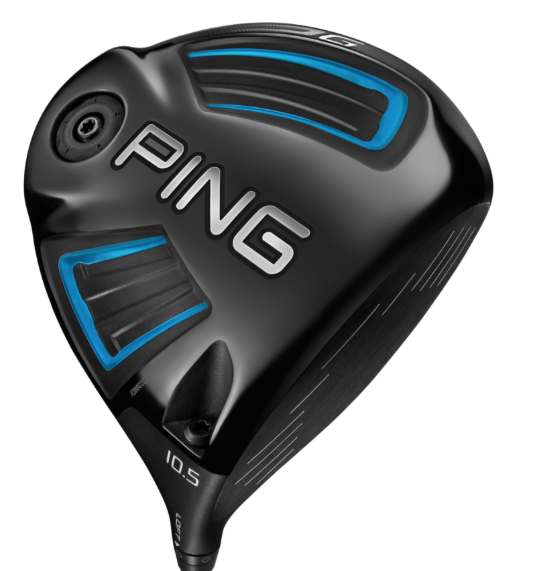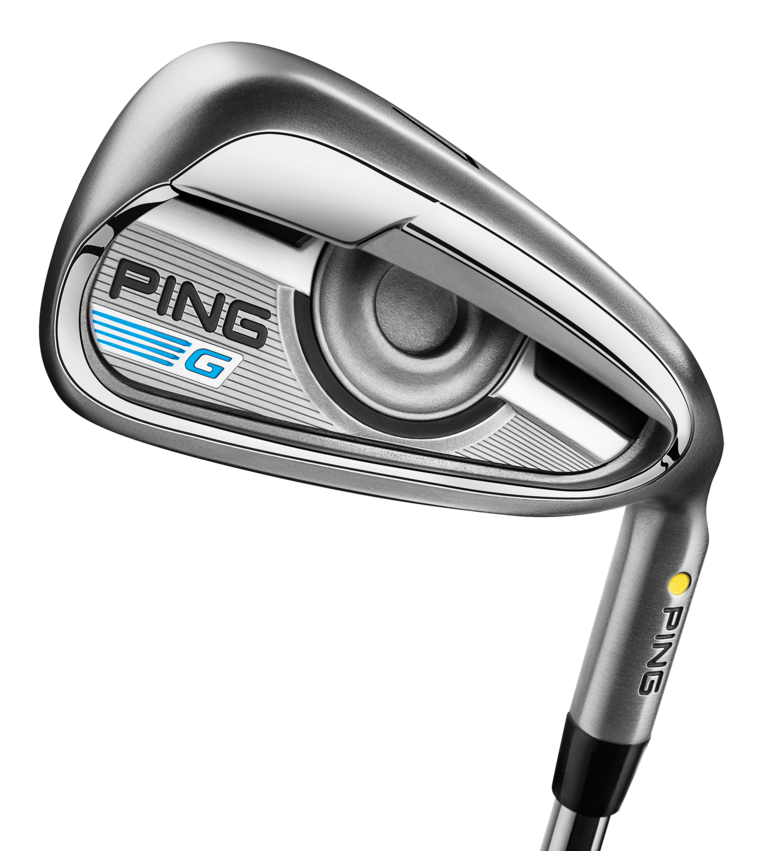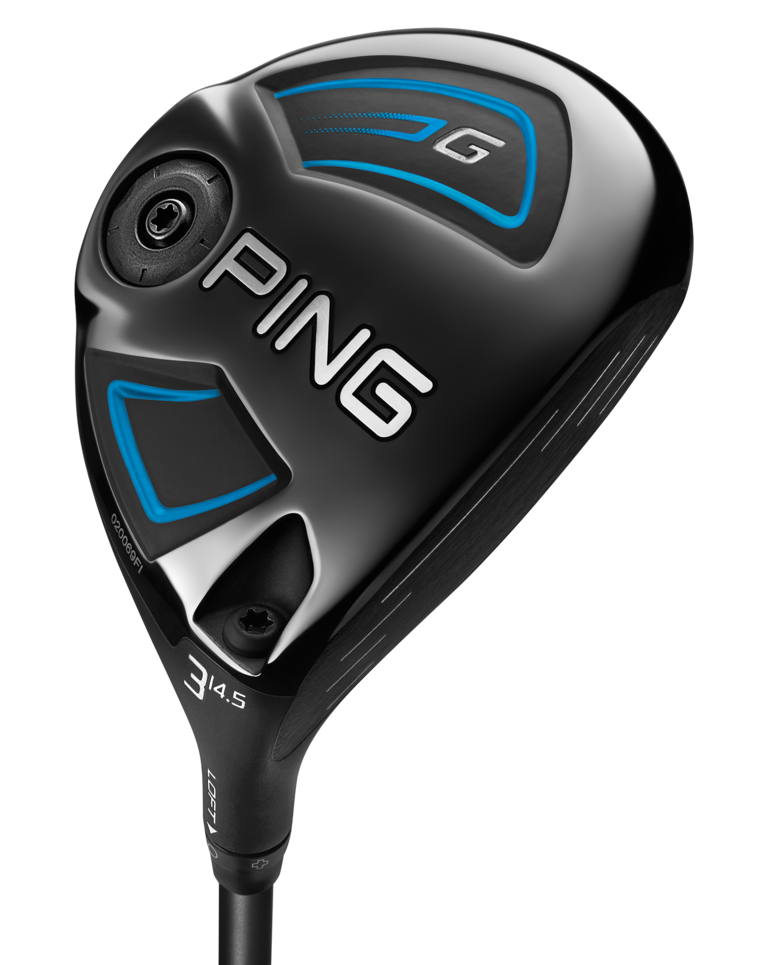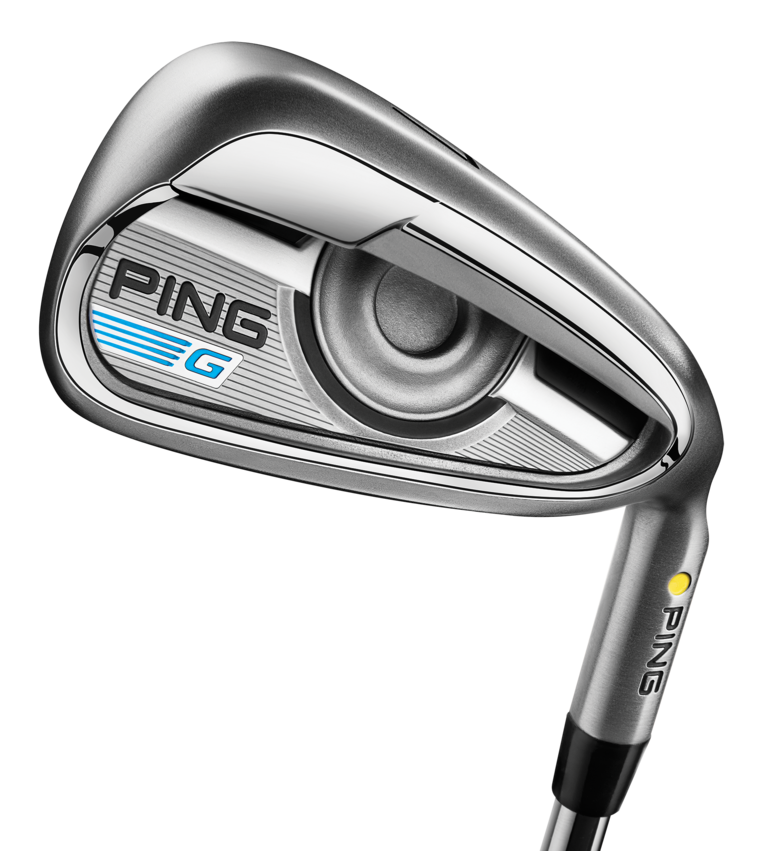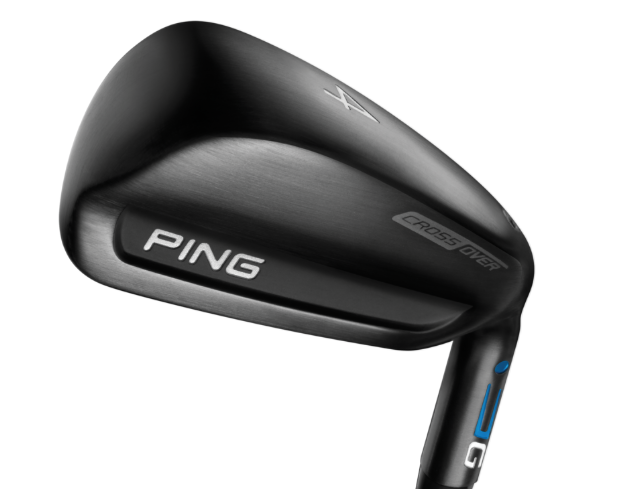Ping’s reputation in equipment technology has long been driven by the idea of forgiveness, and whether it be its oversized titanium drivers or its cavity back cast stainless steel irons, the goal is to mitigate the downside of all your missed shots and maybe make your results a little better than you believe your actual game might deserve.
Its new line of drivers, fairway woods, hybrids and irons continues that trend in relatively historic and complex ways.
“That’s our challenge,” says Ping director of product development Marty Jertson. “It’s a simple concept, but it’s not easy to do, how we get there is very challenging.”
It’s why the new line—which will go by the name G—employs a diverse array of technologies, including unique-to-Ping elements that borrow from transportation aerodynamics, biomimicry and materials science. The end result are drivers, metalwoods and irons that break new ground for the company.
G metalwoods Like its G30 predecessor, the new G drivers utilize a large, forgiving footprint to create a more stable head on off-center hits. The G drivers feature the lowest center of gravity and the farthest back inside the head of any driver in the history of the G-series. While the G drivers feature a similar lightweight Ti 8-1-1 body and T9S titanium that was used in the G30, they incorporate the idea of a dragonfly photograph that was sent to the design team by company president John A. Solheim.
“He asked us to understand the wings of a dragonfly to see if we could use that create real performance benefits,” Jertson said. The point was the thin structure of the dragonfly’s wings is supported by the veins. That same structure appears in the crown of the new G drivers, allowing the crown to get as thin as .43 millimeters. That saves weight allowing for the center of gravity to be lower and farther back than any Ping driver in history. It also creates a higher moment of inertia measurement than any driver in Ping history and likely the highest of any major driver currently in the market. (A driver with a high MOI number means that it is more stable on off-center hits across a wider area of the face, both left to right and up and down. That yields both more consistent ballspeeds and more consistent spin rates both across and up and down the face.
“The big difference was in wall thickness capability, how we now can go thinner and thinner in casting the titanium,” Jertson said, noting that the wall thickness on the G is 20 percent thinner than the G30 to save eight grams of weight.
The thin structure supports the G’s larger footprint, but that also means engineers had to take the next step in improving one of the key elements of the G30: aerodynamics. Made famous by the G30, the crown turbulators have been updated in the G drivers to improve the club’s air resistance, or drag, as it moves through the downswing. The turbulators’ benefit also was enhanced by a small rear cavity feature aimed at stabilizing the club’s movement when it reaches its highest speeds right before impact. That idea was borrowed from the aerodynamic panel skirts on an 18-wheeler that increased a truck’s efficiency to help save gas.
According to Jertson, the G driver has 37 percent less drag than the G30, meaning all things being equal the G driver moves through the air similar to if an oversized driver like Ping’s G25 was reduced nearly to 3-wood size.
“All these aerodynamic benefits are additive,” Jertson said. “Certainly, there’s a lot of variation in how different players with different swings benefit from these features, but everybody gains.”
Like the G30, the G line also features a slice-fighting SF Tec version and a spin-reducing LS Tec version. The SF Tec features more weight shifted toward the heel to help slicers close the face at impact, while the LS Tec features a lower CG that is slightly forward of the standard G driver.
The G (9, 10.5 degrees), G SF Tec (10, 12 degrees) and G LS Tec (9, 10.5 degrees) all feature Ping’s adjustable hosel that alters loft by plus/minus 1 degree across five settings. They are available for preorder starting today ($400).
The G line also includes updated fairway woods and hybrids. Each features a Carpenter 455 high-strength steel alloy in the face for improved flexibility. Each also utilizes a unique internal stair-stepping weight pad in the sole to spread weight low and deep and to concentrate more of the bending toward the front of the club to improve spring-like effect. The crown of the G fairway woods is 25 percent thinner than the G30 and the leading edge has been lowered to help shots launch higher.
The fairway woods ($270) will be available in 14.5, 17.5 and 20.5 degrees. An SF Tec model will come in 16 and 19 degree models, and the oversized, driver-replacement “Stretch 3” option will come in a 13-degree head and feature a slightly forward center of gravity. The hybrids ($230) come in 17-, 19-, 22-, 26- and 30-degree lofts.
G irons Over the 12 years, Ping’s G-family of irons have all been constructed of 17-4 stainless steel, but the pursuit of additional ball speed through a selectively thinner face on the new G iron required the engineering of a slightly different kind of metal. But it’s still a version of 17-4. A new heat treatment creates what Ping is calling Hyper 17-4, which is designed to be 40 percent stronger than traditional 17-4 stainless steel.
These new game-improvement irons feature a circular structure in the back cavity that yields a thinner face and spreads performance on off-center hits across a wider area. That concept was first seen in the company’s super game-improvement irons introduced last summer. The result, Jertson said, is four times the amount of face deflection compared to the G30 irons.
“It really makes the face act almost like a diving board,” he said. “To get more ballspeed and higher launch simultaneously is certainly something we’re excited about.”
The G irons also shift the position of the custom tuning port internal weight to connect to the sole to help yield a lower CG compared to the G30. This helps produce both higher launch and more stability on off-center hits.
The G irons come in 4- through 9-iron, PW, UW, SW, LW ($110 per club). The standard steel shaft is Ping’s second generation AWT offering, which is produced by Nippon. In the AWT (for “ascending weight technology”), the longer irons are lighter to improve both swing speed and face-closure, while the short irons are slightly heavier for more control.
Ping’s added a supplemental iron to the line that straddles the line between irons and hybrids. The hollow iron, the G Crossover, uses extra weight in the toe to further stabilize the head for more forgiveness. Extra speed in the face comes from a Carpenter 455 high strength steel alloy insert. The G Crossover ($230) is offered in 18, 21 and 24 degrees.

